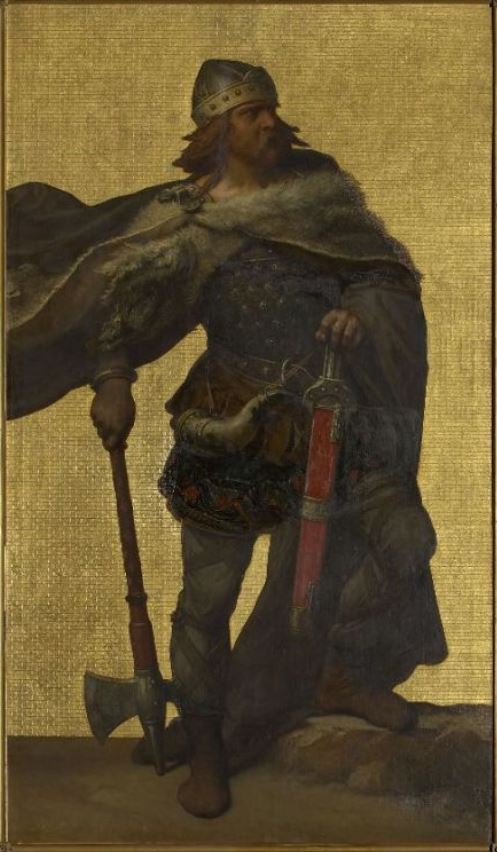
International politics i/t ´Brussels Bubble´. Historian (16th c. diplomacy). Author & Teaching Assistant @VUBrussel (UK history). Belgian. My views are my own.
How to get URL link on X (Twitter) App



 Initially three 'shires' existed which would form the County of Loon. At some point different brothers ruled the area (the whole thing is slightly complicated), but at some point in the 11th c. a man called Giselbert emerged who carried the title 'Count of Loon'.
Initially three 'shires' existed which would form the County of Loon. At some point different brothers ruled the area (the whole thing is slightly complicated), but at some point in the 11th c. a man called Giselbert emerged who carried the title 'Count of Loon'.


 Let's start with Pepin of Herstal (635 – 714), an important Frankish statesman who was born in Herstal and had his powerbase in present day Belgium.
Let's start with Pepin of Herstal (635 – 714), an important Frankish statesman who was born in Herstal and had his powerbase in present day Belgium. 



 Born in 893 (approx.) as son of Baldwin II of Flanders & Ælfthryth, daughter of Alfred the Great. After his father's death he did not inherit the entire county as his brother Adalolf received a part. Adalof was killed in 933 fighting the vikings after which Arnulf took that part.
Born in 893 (approx.) as son of Baldwin II of Flanders & Ælfthryth, daughter of Alfred the Great. After his father's death he did not inherit the entire county as his brother Adalolf received a part. Adalof was killed in 933 fighting the vikings after which Arnulf took that part. 



 It all started in the 12th c. when a conflict between Duke Henry I of Brabant and Dirk VII of Holland rose. The Lord of Breda, Godfried van Schoten, pledged allegiance to Henry who gave him pieces of land and kept some land as his personal property.
It all started in the 12th c. when a conflict between Duke Henry I of Brabant and Dirk VII of Holland rose. The Lord of Breda, Godfried van Schoten, pledged allegiance to Henry who gave him pieces of land and kept some land as his personal property. 


 The Bishopric of Liège already existed for quite some time when in 985 and 987 Bishop Notger acquired the counties of Huy and Bruningerode, thus allowing him to claim secular power as well and morphing his bishopric into a principality.
The Bishopric of Liège already existed for quite some time when in 985 and 987 Bishop Notger acquired the counties of Huy and Bruningerode, thus allowing him to claim secular power as well and morphing his bishopric into a principality. 




 Jacques van Lalaing (1421-1453), travelled around Europe to joust. Participated in the Siege of Poeke Castle (Ghent Rebellion) and was killed after being hit by a canon ball, one of Europe's first noblemen who has been killed by canon fire.
Jacques van Lalaing (1421-1453), travelled around Europe to joust. Participated in the Siege of Poeke Castle (Ghent Rebellion) and was killed after being hit by a canon ball, one of Europe's first noblemen who has been killed by canon fire. 

 In 1546, Maria, Regent of the Habsburg Netherlands, commissioned a hunting lodge in the woods of Morlanwelz. The place would be littered with frescos, murals and sculptures by Jacques Dubrœucq.
In 1546, Maria, Regent of the Habsburg Netherlands, commissioned a hunting lodge in the woods of Morlanwelz. The place would be littered with frescos, murals and sculptures by Jacques Dubrœucq. 

 Around 1190 Duke Henry I of Brabant commissioned the construction of a residence and a church nearby - St John the Baptist's Church -. It was clear he had plans to spend some time here. His successors added an addition donjon and further modifications.
Around 1190 Duke Henry I of Brabant commissioned the construction of a residence and a church nearby - St John the Baptist's Church -. It was clear he had plans to spend some time here. His successors added an addition donjon and further modifications. 


